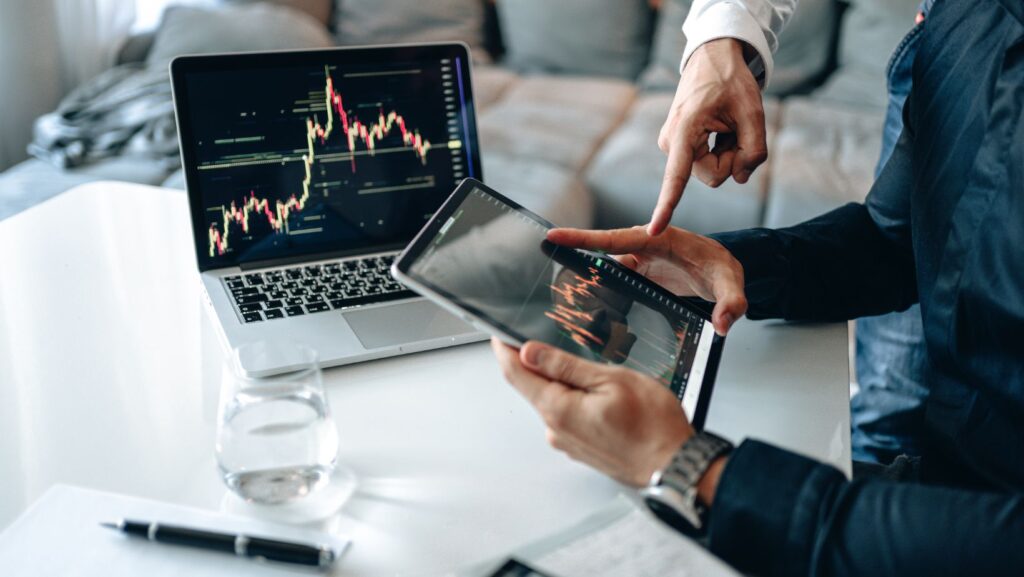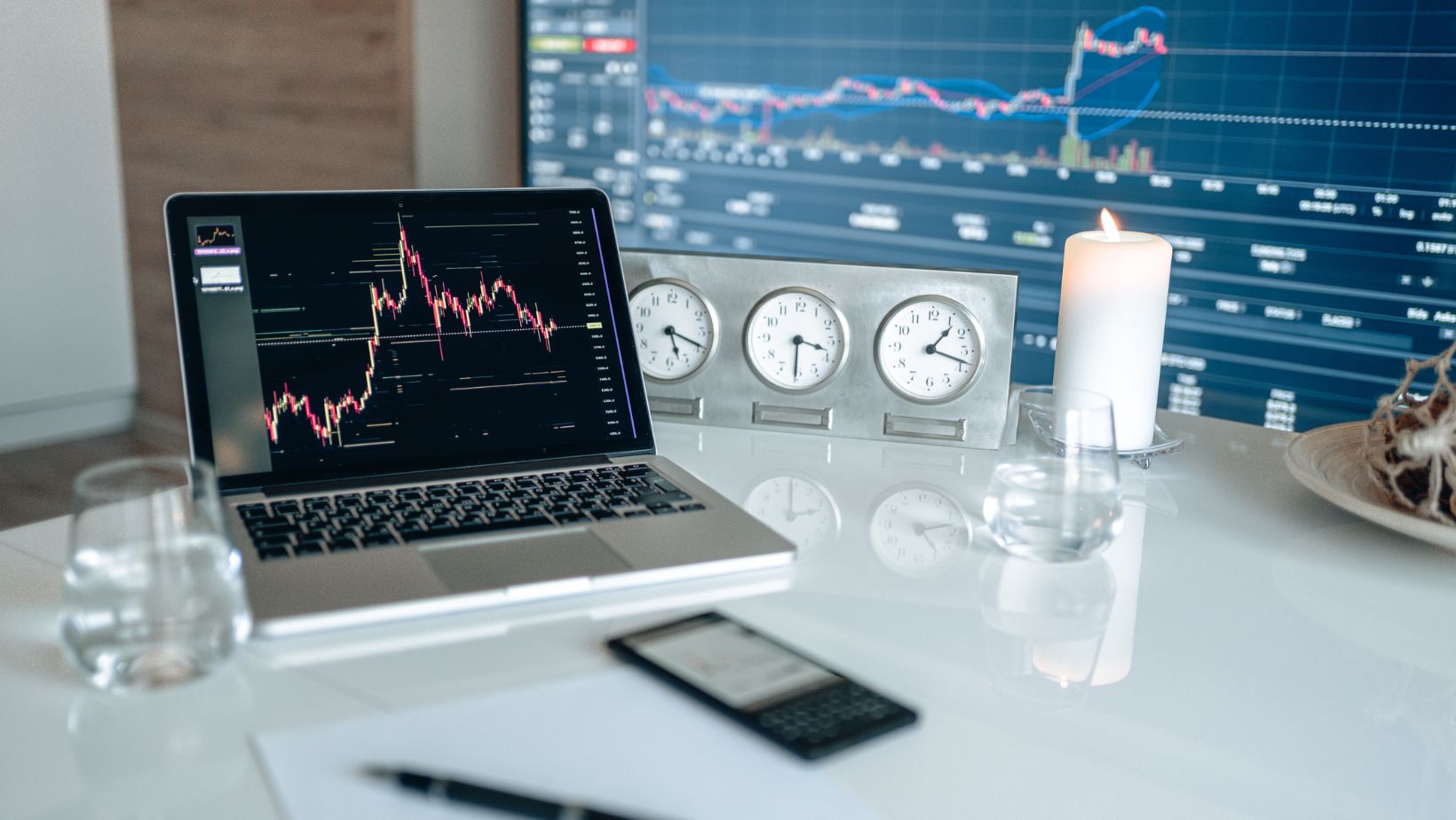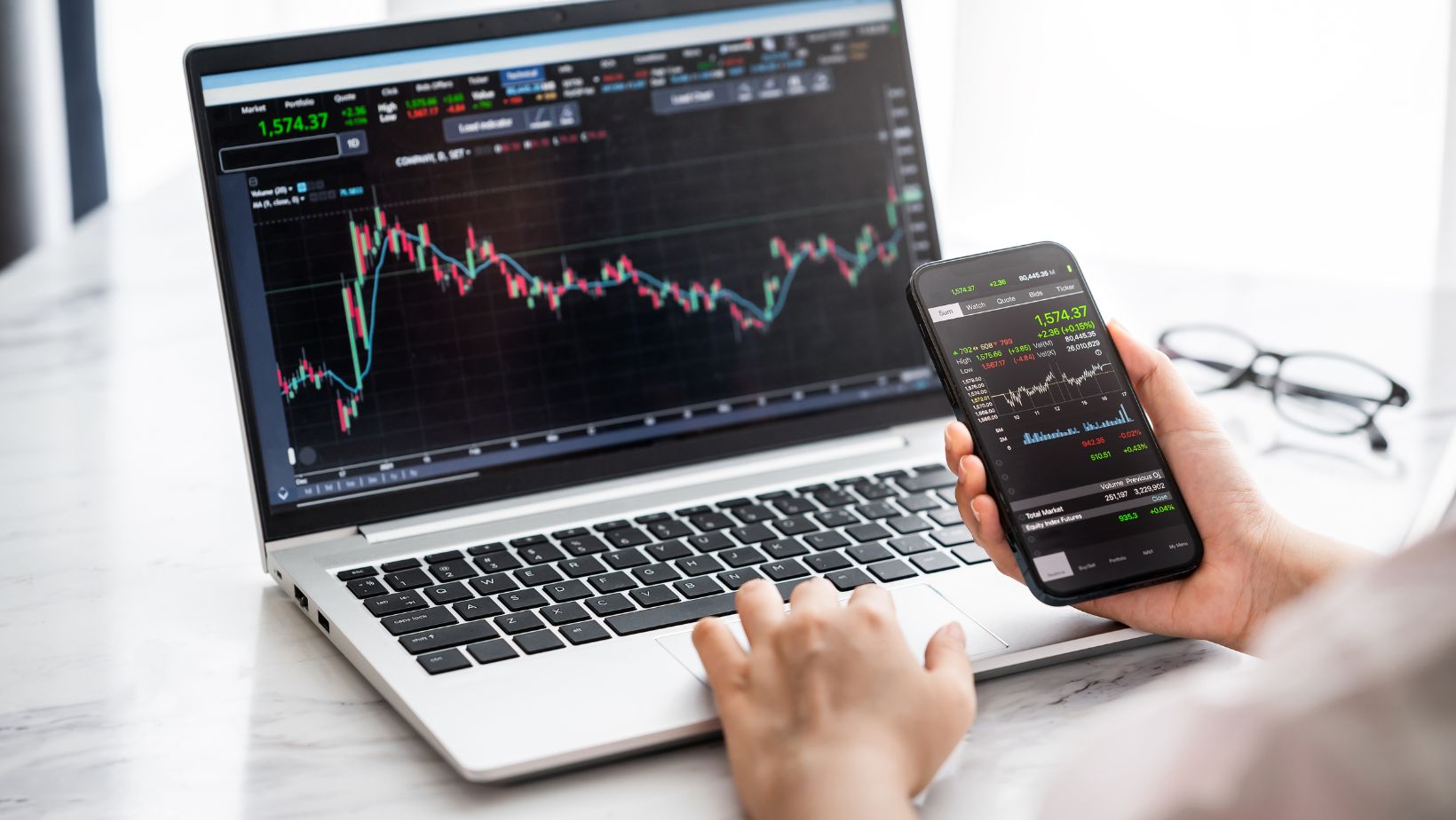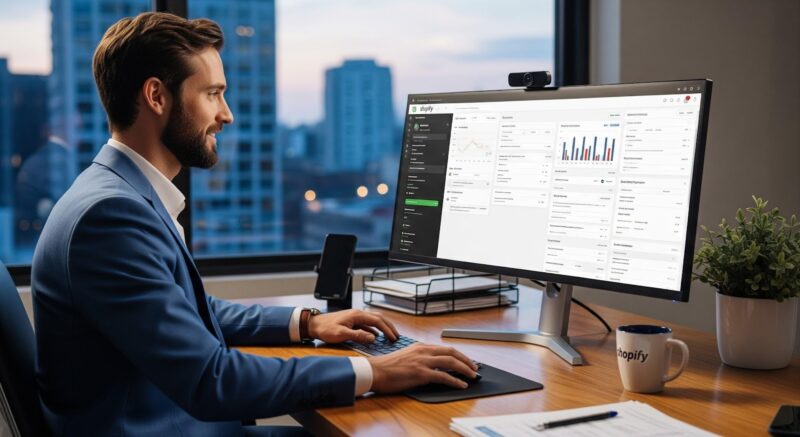
Did you know that trading now is more digital than ever? Today’s financial markets are increasingly accessed through sophisticated online trading platforms rather than traditional broker calls or trading floors. The demand for trading platform development is getting bigger and bigger as more investors try to enter the market. In that case, each one of them expects fast and convenient digital access. Just a simple fact: the market for online trading platforms was estimated at around $10 billion in 2024 and is projected to exceed $14 billion by 2031. This growth is fueled by a surge in investment activity and the growing demand for accessible trading solutions.
In this context, trading platform development is becoming very important to the fintech industry. Financial institutions, brokerages, and startups alike invest heavily in the development of platforms that can execute trades in milliseconds and then crunch gigantic amounts of market data, providing an intuitive user experience.
What is Trading Platform Development?
Trading platform development is the process of creating and maintaining software that allows users to trade financial instruments online. It involves building all needed components — from the user interface to the backend systems whose aim is to handle order execution in real-time. This field requires solidly built architecture, integration with external market data APIs, secure user authentication, and continuous updates in order to face new challenges and inquiries from users. Ultimately, trading platform development provides a gateway for retail and institutional traders alike. The main aim is to maintain secure and user-friendly access to global financial markets.
Core Features of a Trading Platform
A robust trading platform requires several key components to meet traders’ demands. It must provide real-time market data (such as live quotes and news) and advanced charting tools, enabling users to visualize price movements and apply technical analysis. Order execution is central, supporting various order types (market, limit, stop) with minimal latency. Security measures — including encryption and multi-factor authentication — are critical to protect user accounts and transactions. As the market evolves, AI-driven analytics and tools offer predictive insights and automate decision-making, while a user-friendly interface ensures traders can navigate features effortlessly. Additional functionalities — such as portfolio management, risk tools, and customizable alerts — round out the platform, delivering a comprehensive trading experience.
To cut a long story short, the core features of a trading platform revolve around speed, information, security, and usability. A development team must balance advanced functionality (for competitive edge) with simplicity and reliability (for user satisfaction). The best trading platforms today set a high bar by offering real-time data and analytics, powerful trading tools, and a seamless user experience that keeps traders engaged and confident.
Technologies Behind Trading Platforms
Today, all trading platforms rely on a combination of high-performance programming languages. They secure both connectivity and scalable infrastructure. On the backend, languages like C++ or Java provide fast order handling. Front-end, on the other hand, is being provided in JavaScript or some mobile-specific languages to make the interface more intuitive. APIs, which include protocols like FIX or WebSockets, allow the platform to integrate real-time market data. This executes orders swiftly. Databases — often mixing SQL and in-memory solutions — store user, transaction, and historical data to support quick retrieval.

Cloud computing services offer on-demand scalability. This technology makes it easier to handle surges in trading activity. AI and machine learning mostly enhance features of automation, trying to make and predict analytics. Also, it does security monitoring. Blockchain technology can also be incorporated to enable decentralized trading or settlement processes. So, if you combine all of these elements mentioned above, trading platform development engages user experience.
Shortly speaking, trading platform development is standing at the crossroads of finance and technology. It involves a blend of software engineering disciplines: front-end, back-end, and specialized domains like cybersecurity, cloud infrastructure, and AI. Mastery of these technologies enables developers to build platforms that can handle the intense demands of modern financial markets.
The Development Process
Trading platform development proceeds through several stages to ensure a reliable, high-performance product. First, planning and requirements gathering define the platform’s scope, features, and market focus. Next, design and architecture layout the user experience and back-end structure, determining core technologies and system organization. During development, teams code both front-end and back-end components, integrate real-time data sources, and add essential security features. Rigorous testing and quality assurance follow, covering functionality, performance under load, and security checks to guarantee stability in live markets. Finally, deployment and maintenance involve rolling out the platform, monitoring its performance, and implementing updates or new features as trading needs evolve.
Each step of this development process is vital to the success of the final product. Skipping thorough planning might result in a platform that fails to meet user or legal requirements; rushing testing could leave critical bugs. By methodically following the process from planning through deployment, developers can deliver a robust trading platform that meets the needs of both the business and its users. The end result of this journey is a platform ready to facilitate live trading – connecting people with financial markets in a reliable and efficient way.
Challenges in Trading Platform Development
Creating a trading platform involves balancing speed, security, and usability under high-stakes conditions. Security and regulatory compliance demand robust protections and adherence to multiple rules. Scalability and performance must handle heavy user loads and volatile market activity without delays or crashes. Real-time data handling requires seamless streams of market updates to support informed decisions. Feature integration is complex, as tools like charting, order execution, and risk management must work together smoothly. Ensuring a user-friendly interface for both novices and experts is another challenge, requiring careful UX design. Maintaining data integrity and consistency is vital when processing multiple orders and transactions at once. Finally, testing complexity—from performance and security checks to user acceptance—helps guarantee that every function remains stable and reliable in live market conditions.
Despite these challenges, trading platform development continues to push forward with innovative solutions. Developers address these hurdles through careful planning, using modern, scalable technologies, performing extensive testing, and constantly iterating on user feedback. The result, when challenges are successfully met, is a platform that traders trust – one that performs well under pressure, keeps their data safe, and provides a great user experience even in the most frenetic market conditions.
Benefits of a Well-Developed Trading Platform
When a trading platform is developed thoughtfully, all stakeholders will hear the benefits. It includes traders, platform operators, and even the broader market ecosystem. Their interests and convenience should be noticed. So, let’s look at some key benefits of a well-developed trading platform:
- Enhanced User Experience and Engagement: A well-designed platform with a smooth, intuitive interface keeps traders happy and engaged. Users can navigate easily, find information quickly, and execute trades without frustration. This positive user experience means traders are more likely to remain loyal to the platform.
- Improved Liquidity and Market Participation: Liquidity refers to how easily assets can be bought or sold without affecting their price. When a platform is well-developed, it can handle many participants and high volumes efficiently, which tends to attract more users and orders, thereby improving liquidity. For example, smooth performance and trust in the platform will draw in not just casual retail traders but also high-volume traders and even institutional investors.
- Greater Trust and Security Confidence: Users are entrusting their money and personal information to the platform, so a well-developed platform instills confidence that their assets are safe. Advanced security measures (if properly implemented and communicated) make users feel protected against hacks or fraud. For instance, knowing that a platform has encryption, 2FA, and a solid security track record reduces anxiety and builds trust. This trust is crucial for user retention and also for attracting partnerships!
- Competitive Advantage and Market Growth: If your platform offers features or performance that competitors lack (say, more advanced analytics or faster execution), it differentiates you and can capture a larger market share. A robust platform also allows the business to scale up confidently – it can handle an influx of users or expansion to new markets (like launching in new countries or adding new asset classes) without falling over.
- Better Market Efficiency: On a broader level, well-functioning trading platforms contribute to market efficiency. When traders have good tools, they can make more informed decisions, which leads to more rational pricing in the market.
- Increased Participation and Financial Inclusion: A well-developed trading platform can lower the barrier to entry for individuals who previously found investing too complex or inaccessible.
- For example, user-friendly mobile trading apps allow people to start investing with just a few taps, often with small amounts of money.
In summary, the payoff for overcoming the challenges of trading platform development is substantial. Users get a better trading experience – faster, safer, and richer in functionality. Platform providers gain loyal customers, higher volumes, and a stronger position in the market. And overall, robust trading platforms help push the financial industry toward greater efficiency and inclusivity. Understand that the key to success is a well-developed trading platform.
Future Trends in Trading Platforms
Emerging developments center on AI-driven bots, offering faster, more accurate automated strategies and predictive analytics.

Decentralized finance (DeFi) is on the rise, introducing peer-to-peer trading and tokenized assets. Mobile-first and multi-device continuity cater to traders on the go, while personalization and social features promote community interaction and more intuitive decision-making. Broad asset integration (including crypto and fractional shares) widens market access. In the longer term, gamification elements and extended technologies like AR/VR could enhance user engagement, reshaping how individuals experience and participate in financial markets.
Financial technology never stands still, and trading platforms are constantly evolving. Looking ahead, several emerging trends are likely to shape the next generation of trading platform development. Developers and users alike should keep an eye on these future trends in trading platforms.
Incorporating these future trends will be the task of the next wave of trading platform development. Each trend aims to make trading platforms more powerful, more accessible, or more aligned with the evolving digital landscape. Whether it’s through AI making platforms smarter, decentralization making them fairer and more open, or mobile-first design making them handy, the trading platform of tomorrow will likely be a far cry from the simple broker apps of the past. It’s an exciting time in fintech, as innovation in trading platforms has the potential to redefine how markets operate and how individuals interact with their investments.
Conclusion
In this article, we explored the multifaceted world of trading platform development – from the fundamental features like real-time data and secure order execution to the behind-the-scenes technologies that make it all possible and the careful process required to build such complex systems.
Trading platform development is far more than creating apps – it’s also about rebuilding the future of markets and finances, making it more convenient. Still, the collaboration of technology and finance continues to break the old rules. It makes trading processes faster, smarter, and more inclusive. For fintech professionals and enthusiasts, this field offers a great possibility of continuous learning and creating innovations. As financial markets develop and user expectations rise, trading platform development will remain one of the most important parts of fintech.










